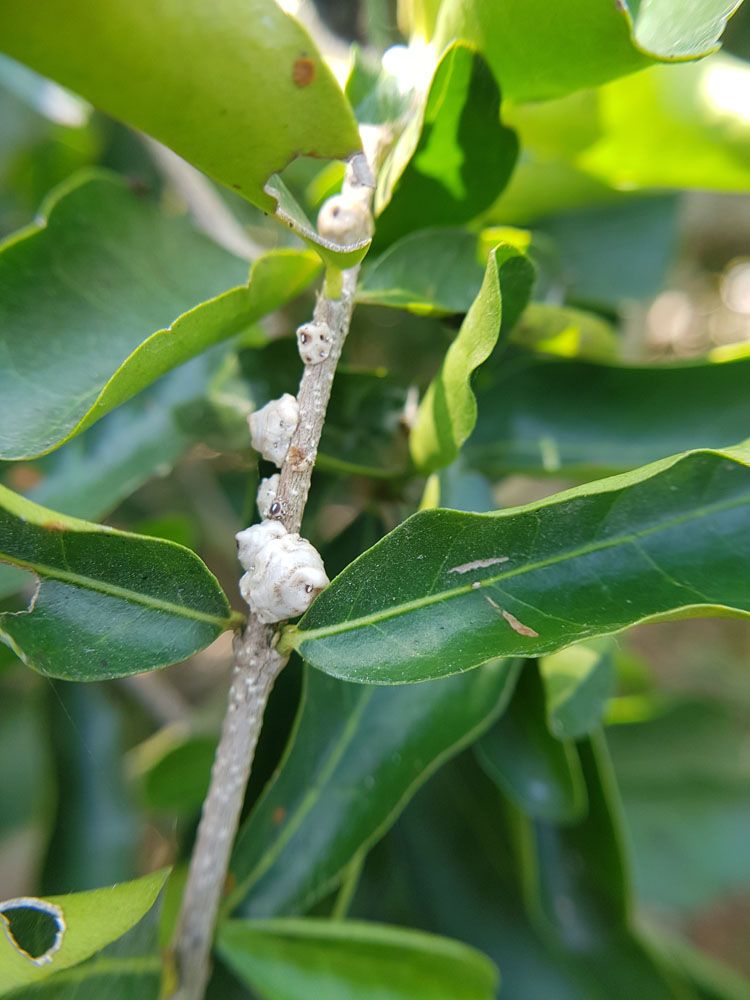
Indian Wax Scale – Ceroplastes ceriferus
Indian Wax Scale (Ceroplastes ceriferus)
Common Name: Indian Wax Scale
Latin Name: Ceroplastes ceriferus
Appearance:
- Adult female scales are huge from August through June, up to 1/4 inch, dazzling white, and round. On certain hosts, they may reach barely 1/8 to 3/16 inches.
- Dead scales stay on the twigs but turn dull and grey and may be coated with sooty mould. When the wax is originally made, the scale appears like a cameo. The following instar is dubbed the dunce cap stage because of the conical form of the wax produced.
- The wax scale, Ceroplastes ceriferus, belongs to the order Homoptera and the family Coccidae. Ceroplastes ceriferus also goes by the popular name Indian wax scale.
Host plant:
There are well over 50 host plants that wax scale may infest, but some of the most common are Japanese and Chinese hollies, pyracantha, spirea, ivy, hemlock, euonymus, and boxwood.
Territory:
From Florida to Maryland, the Indian wax scale may be found.
Damages caused by Indian Wax Scale:
Infestations don’t often kill plants outright, but they can severely damage them, stunt their growth, and ultimately lead to their demise. Honeydew precipitation is responsible for the explosive growth of the black sooty mould.
Life history and habits:
Females spend the winter as fully developed adults. In late April, egg laying begins. The eggs hatch in two to four weeks or more. Depending on geographic location, hatching can occur between June 1 and June 23. Development through the cameo and dunce cap instars occurs in late July and early August. Females reach maturity in late August or early September. Wax scales adhere to the twigs and stems and remain there. Crawlers will only land on leaves and fruit in dense groups. Variants in populations are common, such as a few eggs hatching as late as July. Adult females deposit 1,500 to 2,000 eggs on average, with some laying up to 3,000 or more.
